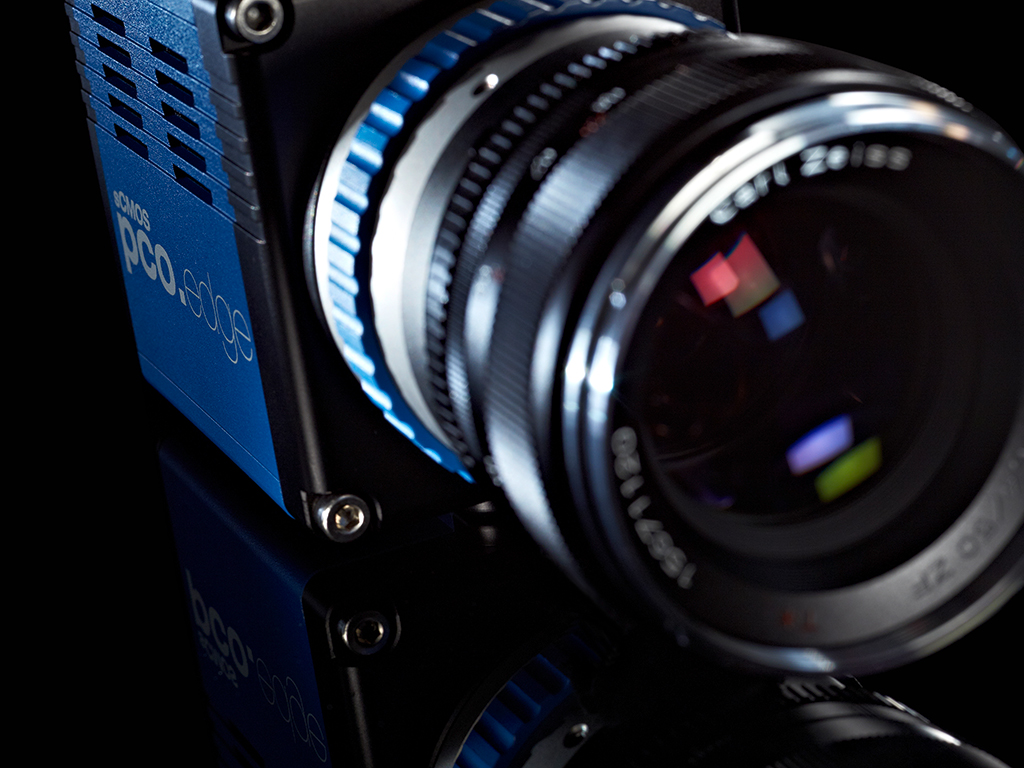A brief history of PCO’s innovations and successes
Currently in its 25th year, German-based PCO continues to offer its customers cutting-edge digital imaging cameras

PCO emerged 25 years ago as an offshoot of the Technical University of Munich. At its heart were the development, design and manufacturing of scientific camera systems based on image intensifiers and digital cameras. In the 1990s, the company created its first purely digital camera system, sensicam: it’s still used in many scientific laboratories, helping find answers to the questions of the day.
At the start of the millennium, the company entered the world of industrial imaging with one of the smallest digital cameras then produced. The ‘pixelfly’ was capable of delivering 12 bit intra-scene dynamic for quality control, and delivered the first high quality images of the Titanic.
Broad scope
From there, PCO moved further into the high-speed imaging area: our CMOS image sensor delivered slow motion images of a quality that had not been seen before. With the corresponding camera family, PCO’s products now cover a broad range of applications: from cinema-quality, slow motion via documentation applications in nature and technology, to crash-test applications in car safety.
This progression has produced new applications, while existing fields have benefited from the advances in colour image conversion and quality. The latest step has been the co-development of new scientific image sensor technology, which offers a rich blend of previously impossible performance parameters.
PCO has always tried to exploit image sensor and electronic device technology to its maximum
The pco.edge camera family offers high resolution, absolute low readout noise, high linear dynamic and high-speed imaging. The new system has attracted particular interest from the life sciences community and has helped to push the limits in a variety of areas, such as microscopy imaging.
Today’s picture
PCO has always tried to exploit image sensor and electronic device technology to the maximum. This has been challenging and sometimes cumbersome, but it’s also been fun. More importantly, it’s allowed us to offer our customers the best possible tools as many of our camera systems operate at the forefront of technology. Our attitude has helped us open new fields of applications and markets, and to build our worldwide reputation in scientific and industrial research, quality control and metrology.
But technology has developed as well. While 15 years ago it meant a lot if you knew how to properly read out an image sensor, nowadays lots of all-in-one control parts are available and it’s not that difficult to construct a decent digital camera. Because of this, we’re now investing more than ever in the development of new, high-performance CMOS image sensors so we can offer our customers the best performance.
By doing this, we continue to follow the slow-but-steady growth model that has allowed us to achieve our current good position. But above all, we are committed and motivated to continue the advancement of camera technology.













